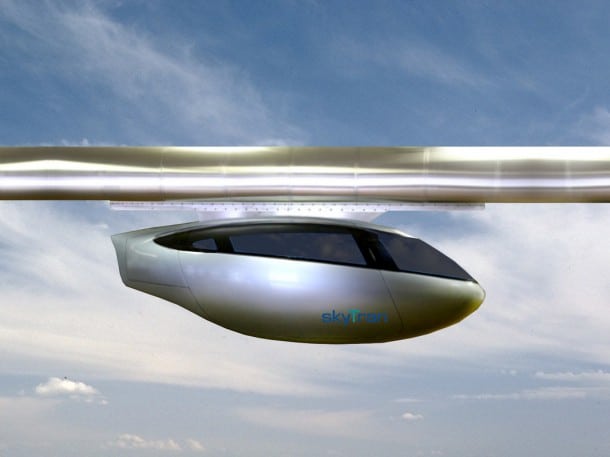Elon Musk made a commitment that could move the country one step closer to futuristic transportation after he pledged to build a test track for his Hyperloop high-speed transportation system.
From self-driving cars to handy jetpacks, tech-loving consumers have finally been seeing futuristic modes of transportation come to life.
While these futuristic devices are still being tested and aren’t available for the public to openly purchase as they wish just yet, they are still serving as glimmers of hope that soon we will be traveling in futuristic ways that we once only dreamed about.
The latest major step toward this goal is Musk’s announcement that a Hyperloop test track is on the way.
The tech-savvy serial entrepreneur took to Twitter to announce that he “will be building a Hyperloop test track for companies and student teams to test out their pods. Most likely in Texas.”
He also announced that he has hopes of launching an “annual student Hyperloop pod race competition, like Formula SAE.”
The Tesla and SpaceX CEO described the Hyperloop system as a “cross between a Concord, a rail gun and an air hockey table” back in 2013 and explained that it could revolutionize the way we travel.
If successfully built, the Hyperloop system could allow people to travel from Los Angeles to San Francisco in only 30 minutes, traveling at speeds close to 800 mph.
That same journey currently takes about five hours for commuters.
The design plans for the Hyperloop are complex and took up more than 50 pages when Musk shared the design online.
In short, however, the Hyperloop will be a long elevated tube with a near vacuum.
This would significantly cut down on all friction and allow pods to travel through the system at incredible speeds.
Musk’s plans also reveal that he will try to mount a large fan on the front of the pod in order to re-direct high pressure to the back of the traveling capsules.
If it sounds like an expensive project to you, that’s because it absolutely is.
The project has an estimated price tag of at least $6 billion with many estimating that it will likely land around the $7.5 billion mark.
It’s also important to note that this is for the test track alone.
Musk said he doesn’t plan on taking on the responsibility of building a complete Hyperloop system.
Instead, he hopes that a third-party will step in if he is able to prove that building the track is indeed feasible and safe.
While Musk is clearly a man who loves his technology, he also is known for recognizing the dangers of quickly advancing devices.
Many science, engineering and tech experts warn that advancements with things like artificial intelligence can come with a large variety of downfalls.
The most severe of those possible downfalls is the idea of a hostile invasion.
It may sound crazy to some, but Musk has already donated $10 million to the Future of Life Institute so it could further its research on how to keep artificial intelligence safe.




